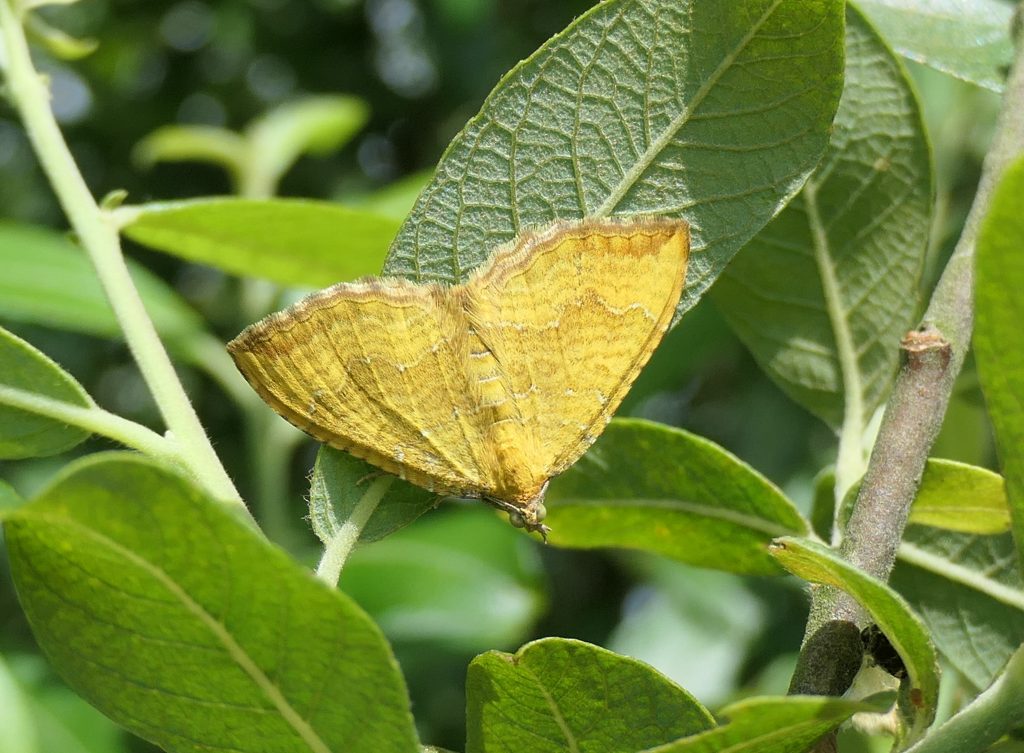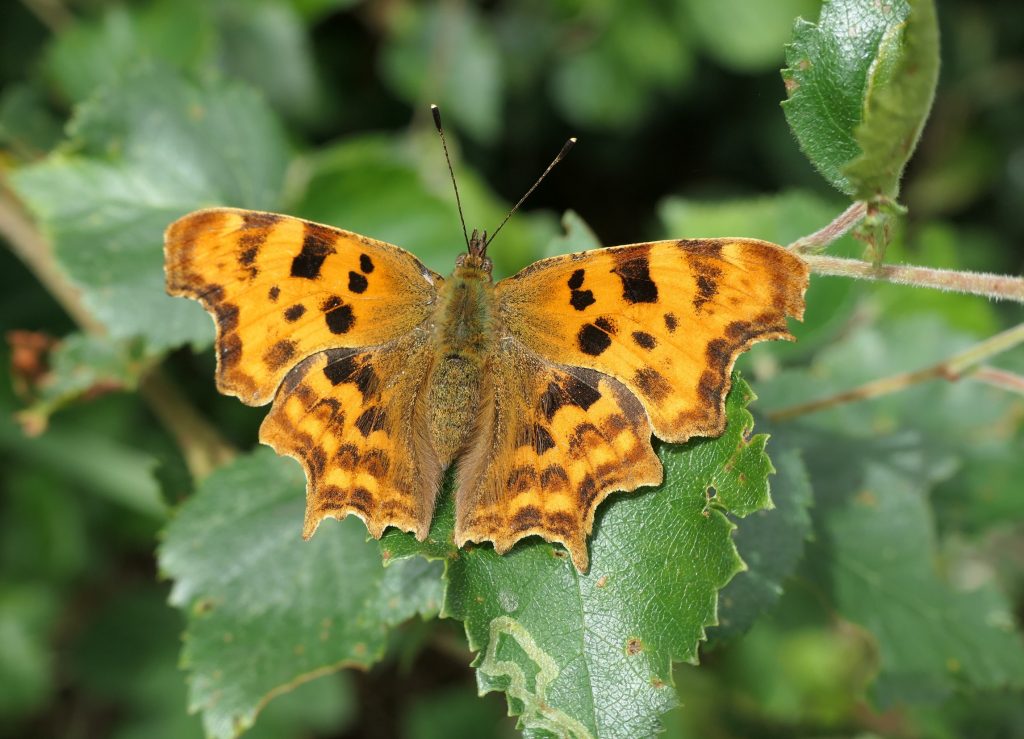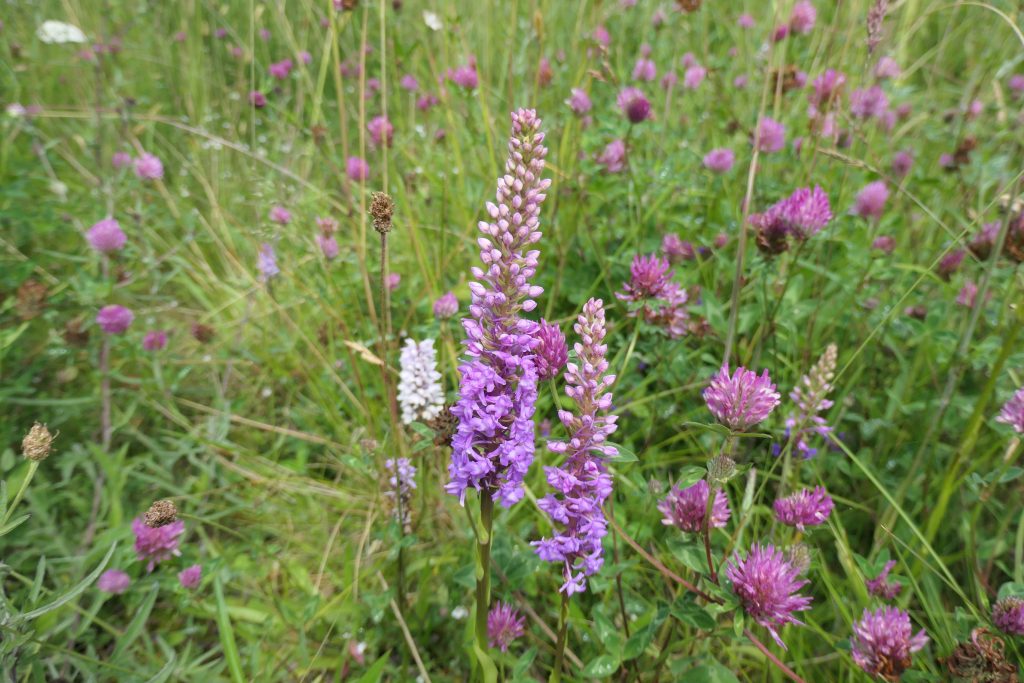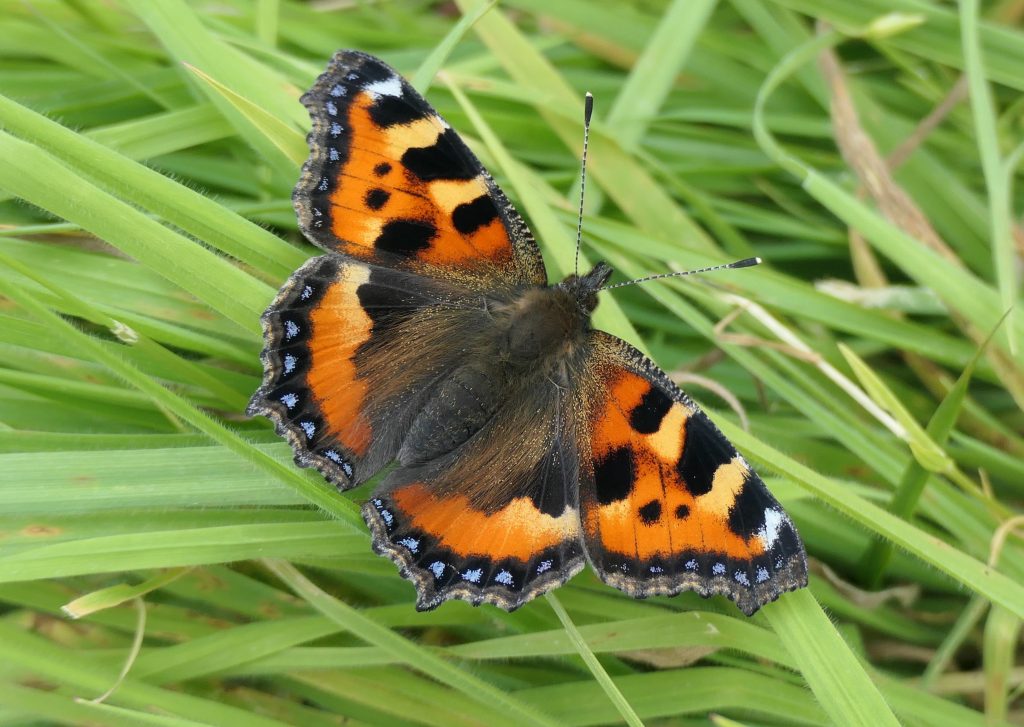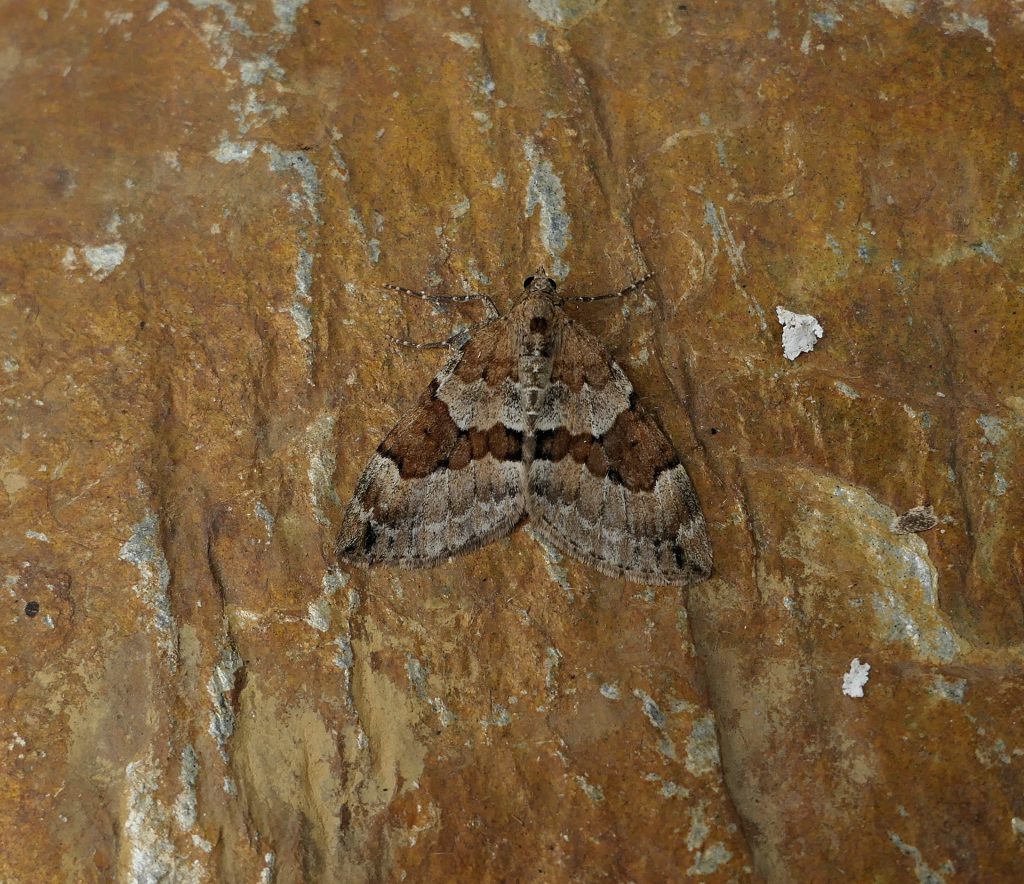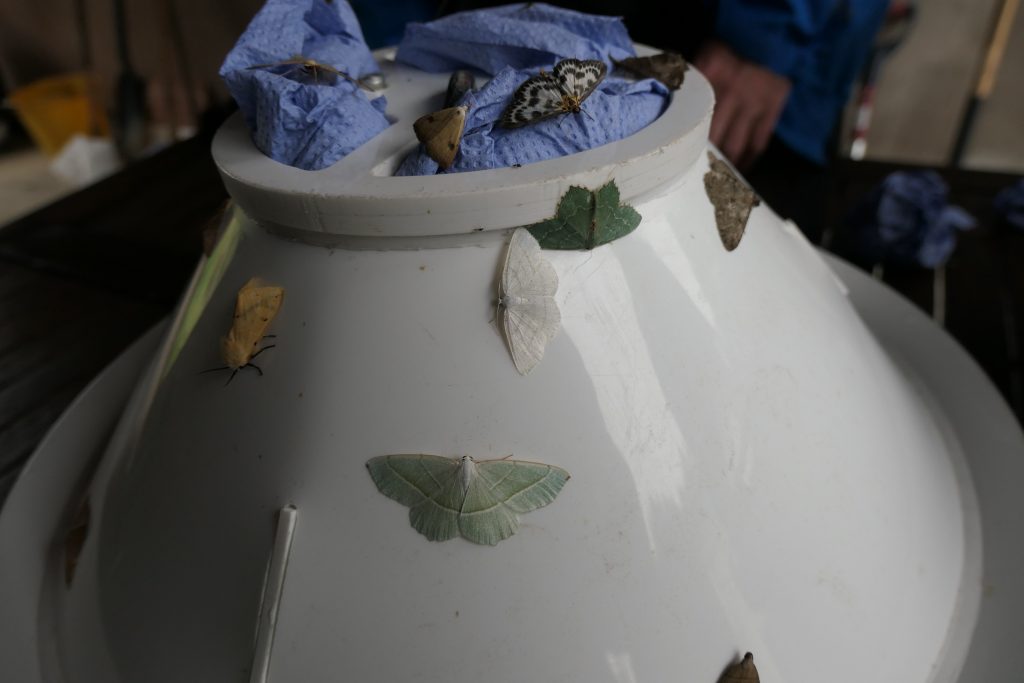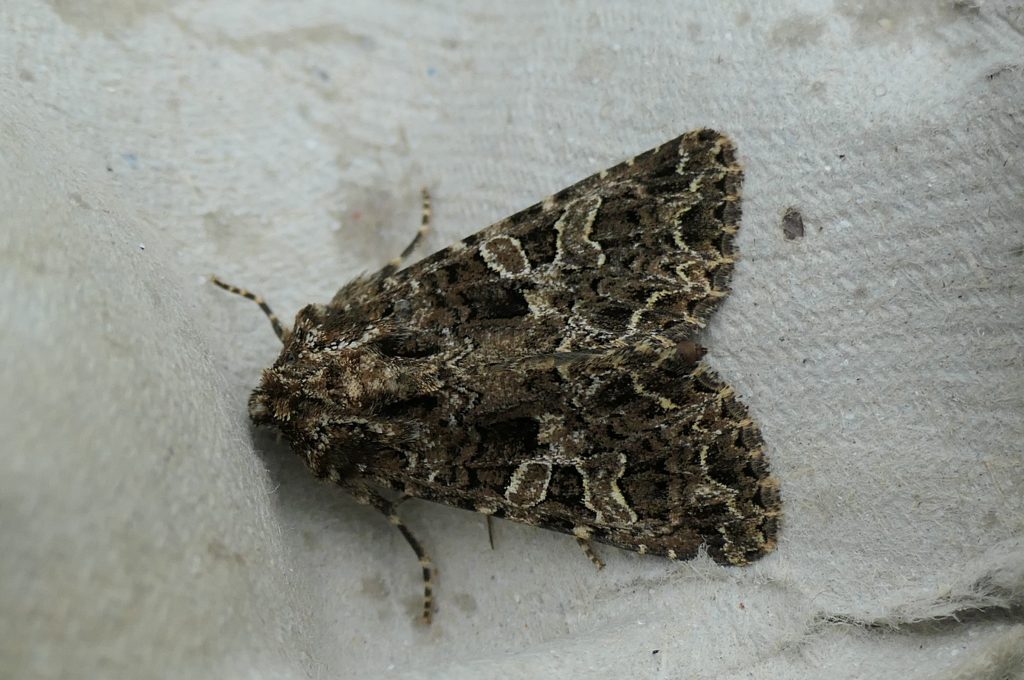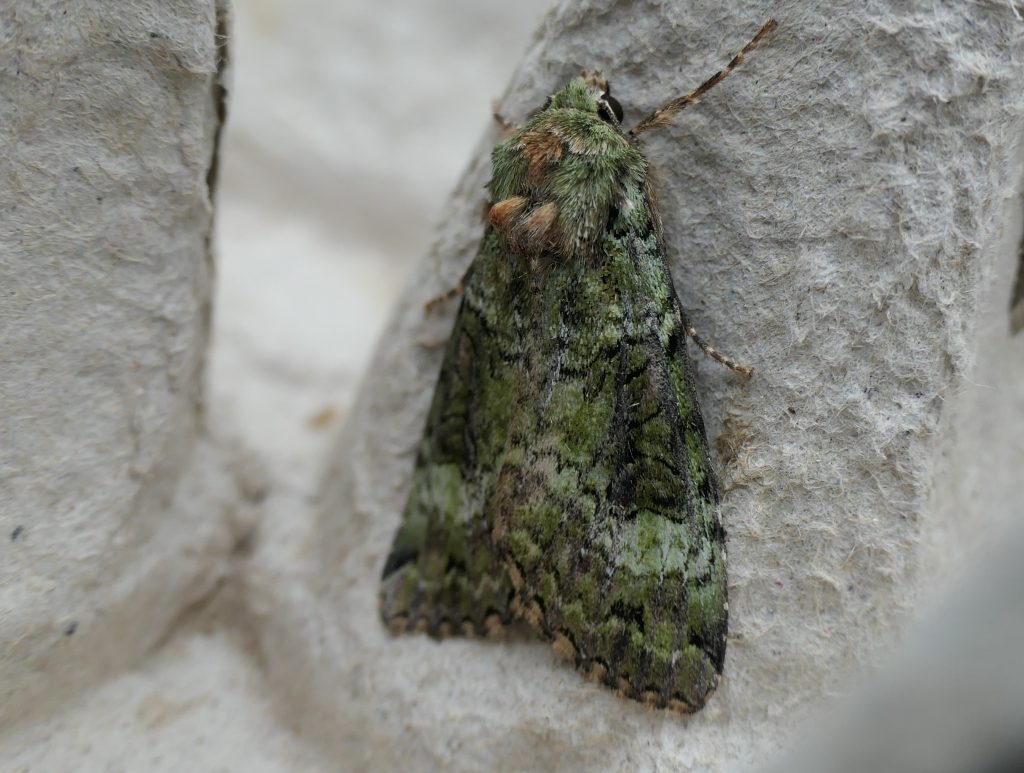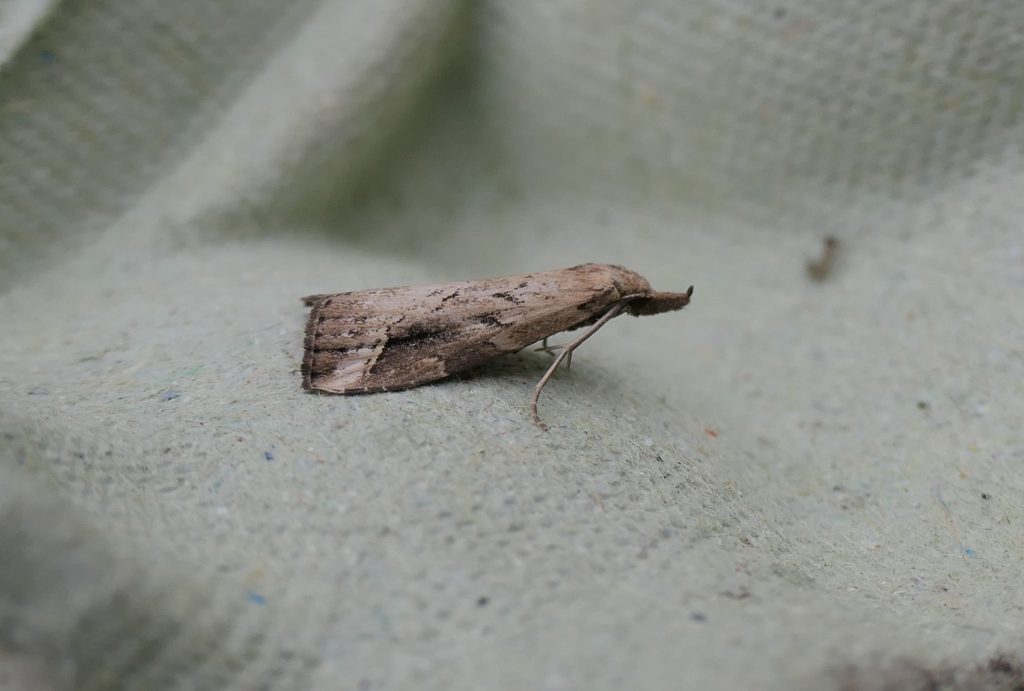
The prolonged dull weather has done little for our mood or our butterfly populations. Our mid-summer butterflies are conspicuously inconspicuous. We should be dazzled by Peacocks, Commas, Silver-washed Fritillaries and Brimstones. Instead, we are being served the occasional Green-veined White, and plenty, it must be said, of Meadow Browns. Ringlets are plentiful in their favoured damp grassy haunts where you become the diet of horseflies and midges. The places most of us, if we are sensible, stay away from, except for people like me.
Our more glamorous species cannot stay out of sight indefinitely. The immature stages last longer in cool weather than in warm conditions and longer development times mean emergence will occur later than in most seasons in recent years. For example, our warm June in 2023 saw the first report of the Silver-washed Fritillary on 21 June when it was seen at Lullymore, Kildare, by Pat Wyse. June 2024 was cold. We did not register the first report of this butterfly until Michael Gray saw five recently hatched examples at The Raven on 16 July. The woodland at The Raven in south-east Wexford is in one of our warmer, drier places where emergence is typically earlier.
Significantly, the first report of a Silver-washed Fritillary in Lullymore in 2024 was on 23 July. It began to fly in Lullymore 32 days later than in 2023. When they finally hatch, what challenges do they face in a damp, dull summer and how does the butterfly face them?
The Silver-washed Fritillary is, in my opinion, the perfect butterfly. It shows the classic butterfly outline and beautiful patterning. The male’s deep orange uppersides are marked with black spots, diamonds, bars and chevrons. The female is paler overall, and she lacks bar markings. Both sexes have moss-coloured hindwings with silver streaks and a marginal silver band. The forewing underside apex echoes the hindwing’s mossy hue while the rest of the underside is more muted orange than the upperside.

The male is especially glorious in bright sunshine when the orange ground colour gleams irresistibly in the clear light. The glow across the wings of a pristine male is breathtaking, a simple gleam of perfection, as sublime as it is ephemeral.
In cool, overcast but bright weather, the butterfly can be active. An air temperature of 16 Celsius in calm weather will allow it to fly but it will need to vibrate its flight muscles when feeding on bramble or thistle to retain the ability to take to the air. Males will seek females along the edges of woodland and after its beautiful courtship, the couple settle in a tree. Trees are important to the species. Butterflies will shelter in trees when the skies threaten rain and at night. On dull, windy days that is where they stay, wings closed tightly while clinging to the underside of a leaf, often quite high in the canopy.
The butterfly can live for around a month, long enough to wait for a warm day. It can mate and lay eggs in narrow time windows. The wet summer of 2009 left us wondering how many Silver-washed Fritillaries we’d see in the summer of 2010. We saw many that summer. The butterfly had demonstrated its ability to make maximum use of good weather windows.
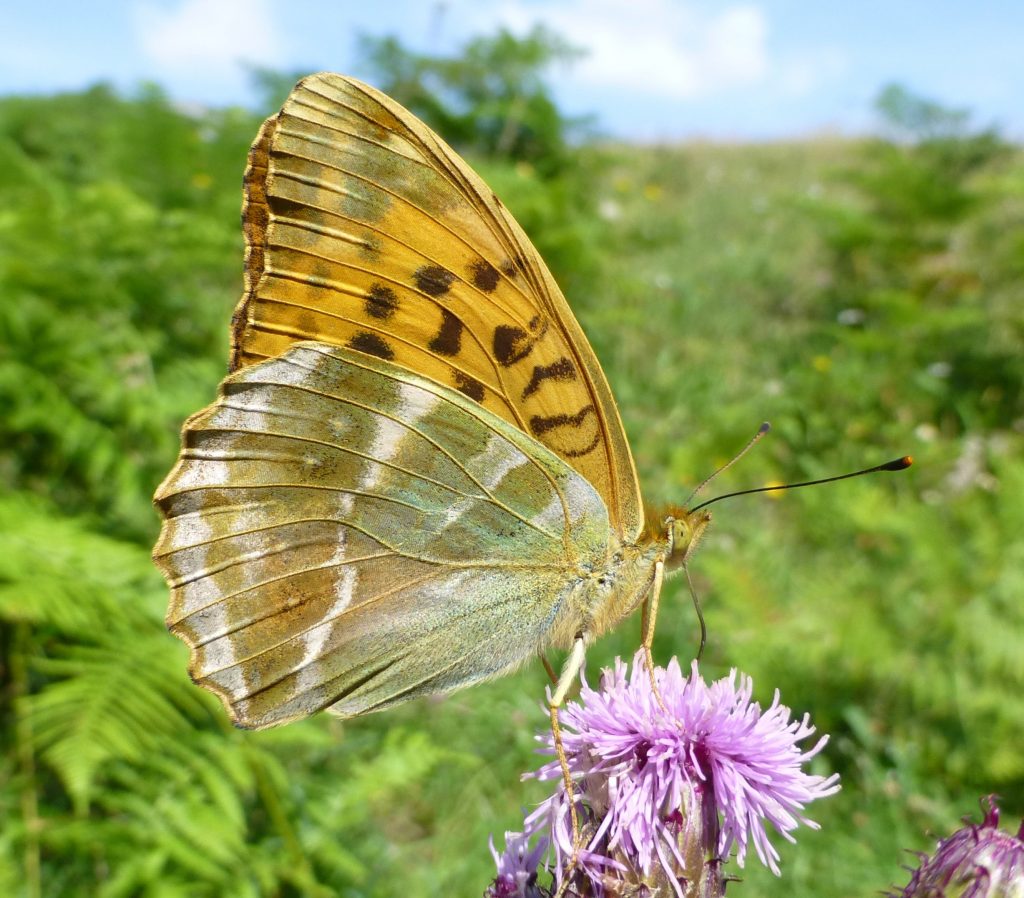
The summer of 2007 was even worse. There was constant rain for days, with heavy flooding in many places including damp woods where the Silver-washed Fritillary breeds. Flooding certainly kills caterpillars. Marsh Fritillary larvae near bank-bursting water bodies drowned in July 2007. However, the caterpillar of the Silver-washed Fritillary is mostly immune from summer, autumn, winter and early spring flooding. Water inundation is avoided by laying eggs on trees, usually on the trunk, often four or more metres from the ground. The female avoids the danger of summer heat by laying on the north-facing side of the trunk. After two to three weeks, the egg hatches and the tiny caterpillar hibernates in a crevice in the bark, staying put until spring when it descends to the woodland floor to feed on violets.
There are few butterflies more graceful than the Silver-washed Fritillary. In hot sunshine, young males become extremely restless, darting to inspect flowering brambles for a resting female, or flying with rapidly beating wings along the edge of a wood or a track through the wood, pausing very briefly for bramble nectar. It also likes Common Knapweed, Creeping Thistle and occasionally Wild Carrot, Angelica, Common Cat’s-ear and Rough Hawkbit. One moment it scours the canopy of a mature oak, before swooping down to settle tremulously on a pink bramble blossom then dashing off to pursue another male. The butterfly will sometimes glide when it wants to inspect its surroundings.
At times the butterfly basks quietly, its bright orange wings spread on a frond of fresh green bracken. A quiet approach will give you the chance of a good view and a photograph, but this is a vigilant creature who often will not perch for long enough.
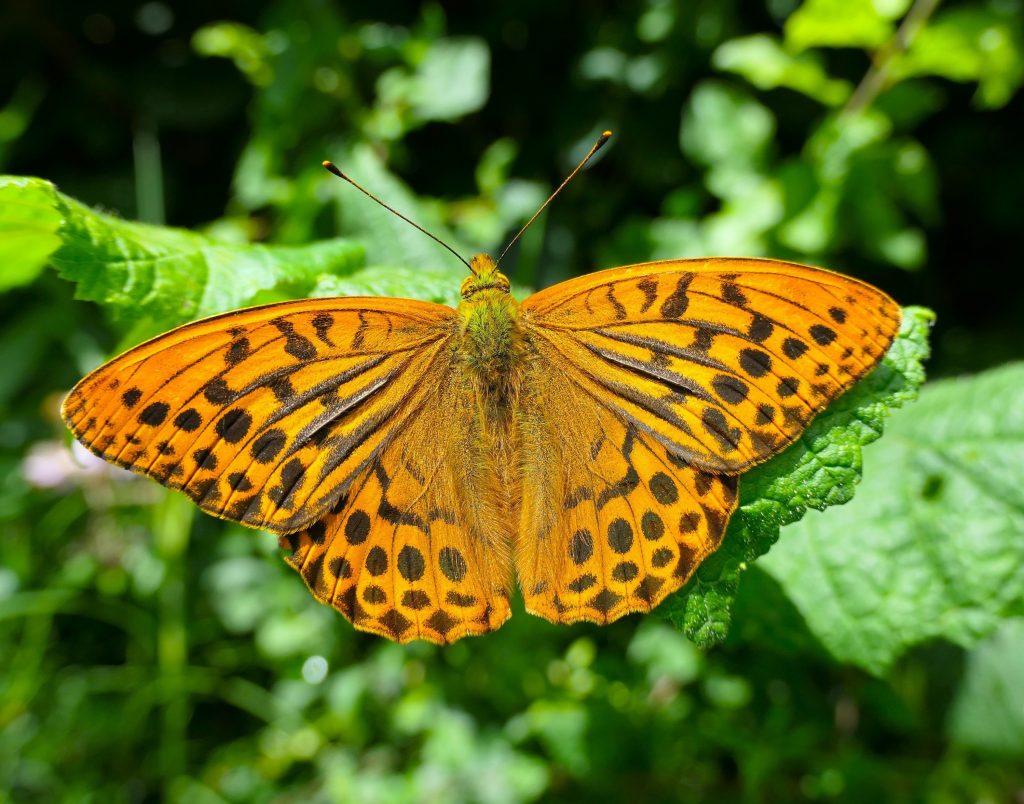
As glorious as the uppersides are, it was named for the silver flashes on the hindwing, by Moses Harris (1730-1787). It has always been richly appreciated by butterfly lovers and artists, and for good reason. In 1888 the renowned English author and artist Frederick William Frohawk was thrilled to observe that “the Silver-washed Fritillary were in hoards in every ride in the New Forest.” Its beauty, elegance and wonderful courtship flight continue to work their charm today. Dr Jeremy Thomas waxes lyrical in his book on Britain’s butterflies: “Only one of the 50 fritillaries of Europe exceeds this butterfly in size, and none is more beautiful or more magnificent.” The butterfly’s species name, Paphia, is associated with the Greek goddess Aphrodite, the goddess of love, desire, sexual pleasure, fertility, beauty, and grace.
These nouns are imaginatively applicable to this gorgeous creature of mid-summer woodland. There are woods where flowers disappear before the butterfly’s flight season has ended and this might explain why individuals have been found away from breeding habitats, such as in gardens and parks. Despite its aerial powers it rarely leaves its breeding wood, and sometimes remains in a small part of the wood when most of it is unsuitable for breeding.
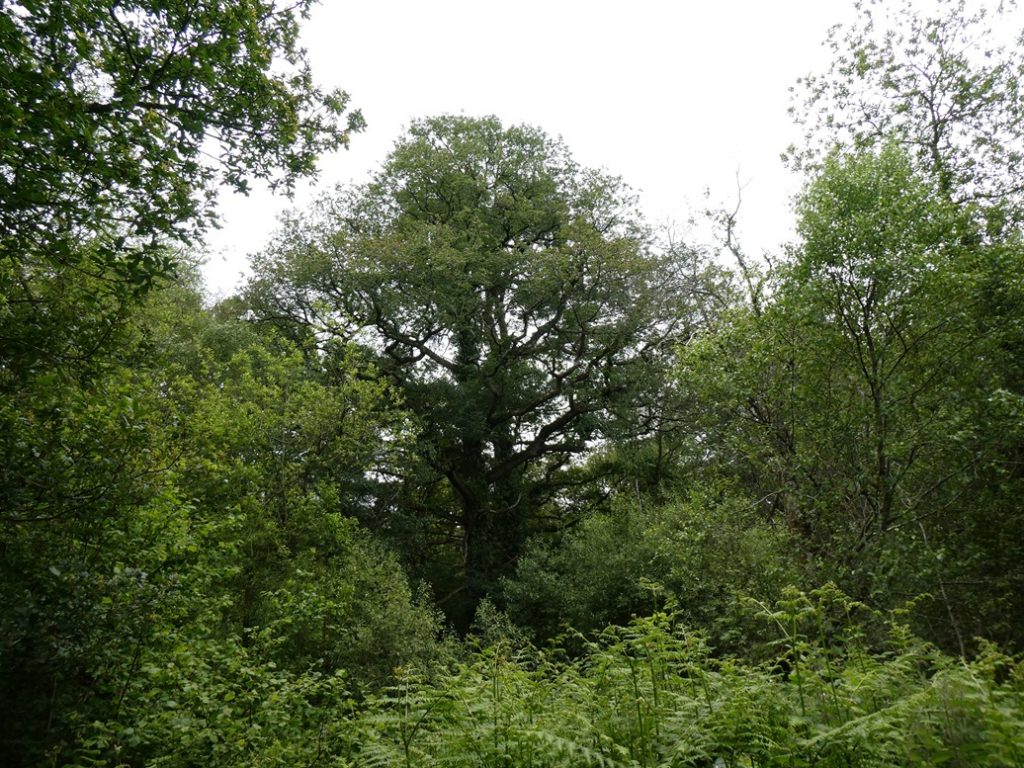
You will only find it in woods containing open areas where light reaches the herb layer where violets occur in some abundance. It inhabits oak woods, hazel woods, ash and ivy woods and woods on peat containing willow and birch. It is happy in woods containing Scots Pine and non-native pines, as long as these are light-filled and contain enough nectar sources, usually bramble.
Now is the time to look for this lovely, powerful butterfly. It has survived in Ireland despite what we did to our woods over the past 500 years. Let us be grateful that we can still enjoy it.
All photographs copyright J. Harding




